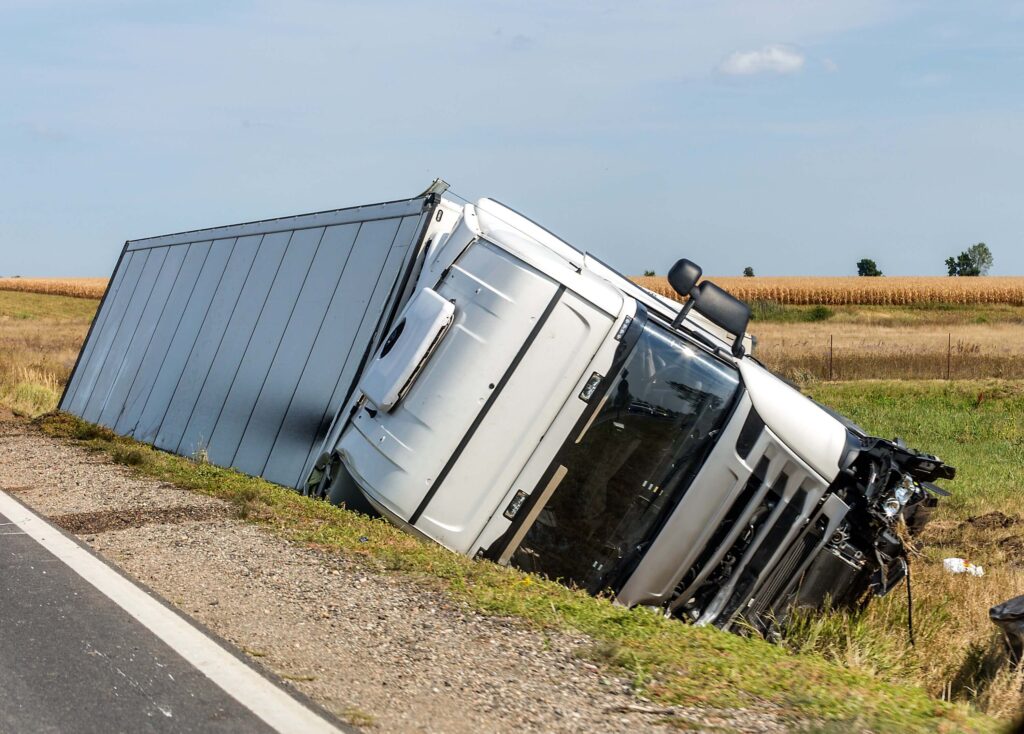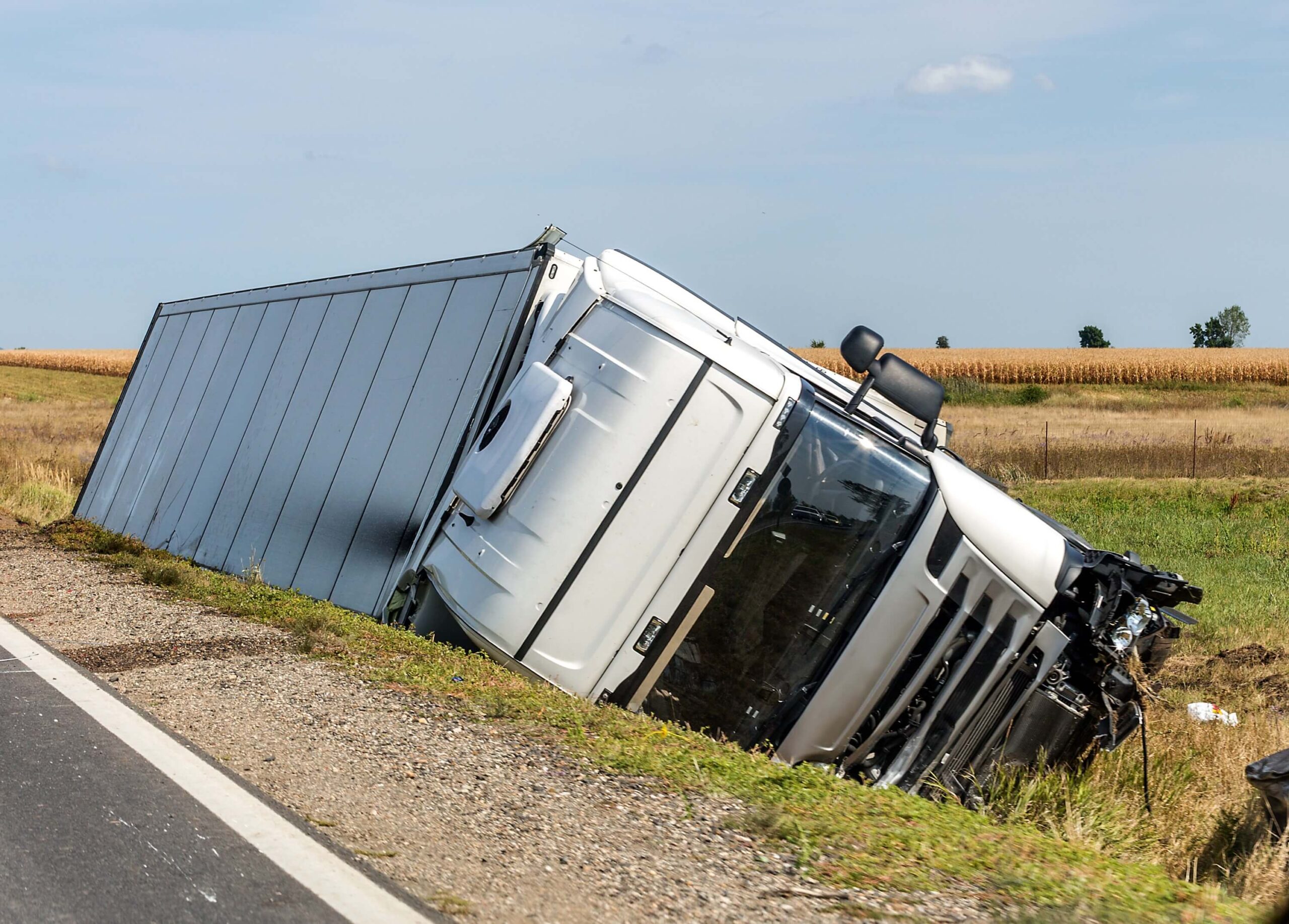The debate about semi-trucks and their safety implications continues to capture public interest. Evidence shows that while semi trucks are involved in a higher number of accidents, many factors contribute to these incidents, including driver behavior and road conditions. Understanding the nuances surrounding truck safety concerns can provide clearer insights into whether these vehicles pose a greater risk compared to smaller passenger cars.
Accidents involving semi trucks can have catastrophic consequences due to their size and weight. However, statistics reveal that the majority of truck drivers are well-trained professionals committed to safety. Addressing the complexities of truck-related accidents allows for a more informed discussion on road safety and the measures taken to mitigate risk.
The growing presence of semi trucks on highways raises questions about their impact on overall road safety. It is crucial to explore the factors that influence accident rates and the regulations that govern truck operations. By examining these elements, readers can gain a more comprehensive understanding of the safety dynamics at play.

Understanding Semi-Truck Safety Risks
Semi-trucks present unique safety risks on the road due to their size, weight, and operational challenges. Understanding these risks is essential for ensuring road safety for all users.
Common Semi-Truck Hazards
Semi-trucks are involved in numerous accidents each year. Key hazards include:
- Blind Spots: Trucks have significant blind spots that create risks during lane changes.
- Length and Weight: Their size affects stopping distances, especially under heavy loads.
- Driver Fatigue: Long hours can lead to driver fatigue, impairing reaction times.
Statistical data indicates that large trucks account for about 10% of all vehicle fatalities in the U.S. each year. Furthermore, approximately 30% of fatal accidents involving semi trucks involve collisions with passenger vehicles. These figures highlight the importance of addressing safety risks associated with semi-trucks.
Regulatory Safety Measures
To mitigate risks, regulatory bodies have implemented various safety measures.
- Hours of Service Regulations: These limit driving time to reduce fatigue.
- Vehicle Maintenance Standards: Regular inspections ensure that trucks are in safe operating condition.
- Driver Training Requirements: Proper training emphasizes safety practices and knowledge.
The Federal Motor Carrier Safety Administration (FMCSA) oversees these regulations. They aim to create safer driving environments for both truck operators and other motorists. Compliance with these regulations is crucial for reducing semi-truck accident risks.
Insurance and Legal Aspects
Understanding the role of insurance and navigating legal challenges are essential for addressing safety concerns related to semi truck operations. These elements are key in managing risks and protecting all parties involved.
Insurance in Risk Mitigation
Insurance serves a critical function in reducing risks associated with semi truck operations. Commercial trucking insurance typically covers various aspects, including liability, physical damage, and cargo coverage. A well-structured insurance policy can protect trucking companies from significant financial losses in the event of accidents.
For instance, liability insurance is mandatory and helps cover damages or injuries caused to others. Its importance is underscored by the high costs associated with accidents involving large vehicles. Furthermore, having comprehensive coverage can also safeguard against vehicle theft and damage from natural disasters.
Trucking companies must ensure they meet state and federal insurance requirements to operate legally. Failure to maintain adequate insurance can lead to severe penalties, including fines and operating restrictions.
Navigating Legal Challenges
Legal challenges often arise in the realm of semi-trucks, especially during accidents. Victims may seek compensation for damages, prompting disputes between insurance companies and trucking firms. Legal assistance is crucial in these scenarios.
A truck accident may involve multiple liability issues. Commercial vehicle regulations often determine responsibility, complicating the situation. Understanding federal and state laws is vital for those involved in accidents.
In case of negligence, truck drivers or their employers may face lawsuits. Experienced legal representation can guide victims through the process of filing claims and ensure their rights are protected. Victims should get legal advice for semi-truck accidents from attorneys specializing in that field of practice, such as those from the Gerber Law.
Accident Response and Prevention
Effective accident response and proactive prevention strategies are crucial in reducing risks associated with semi-truck incidents. These approaches encompass both immediate actions after an accident and ongoing measures to enhance safety on the road.
Immediate Steps Post-Accident
In the event of a semi-truck accident, the first actions taken can significantly impact safety and liability. Drivers should ensure their safety by moving their vehicles to a secure location if possible. They must turn on hazard lights to alert other drivers.
Next, calling emergency services is essential. This allows for medical assistance and police involvement, which can document the incident. Drivers should avoid admitting fault at the scene but gather information, including license plate numbers, insurance details, the name of the trucking company, and witness contact information.
Taking photographs of the accident scene can also be valuable for future legal or insurance matters. Sharing information with authorities can lead to a smoother resolution of claims and accountability.
Proactive Prevention Strategies
Preventive measures play a vital role in enhancing road safety for both truck drivers and other motorists. For truck drivers, regular vehicle maintenance is key. Routine checks on brakes, tires, and lights can prevent mechanical failures that lead to accidents.
Driver training programs are also critical. These programs help educate operators on safe driving techniques, effective route planning, and adverse weather handling. Maintaining a safe following distance and adhering to speed limits can mitigate the risk of collisions.
For other motorists, awareness and patience around large trucks can reduce accidents. They should avoid lingering in a truck’s blind spots and allow ample space during lane changes. Encouraging safe behaviors and mutual respect on the road fosters a safer driving environment for all and reduces semi-truck accident risks.













